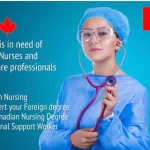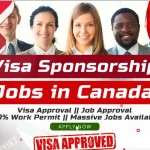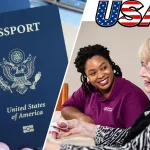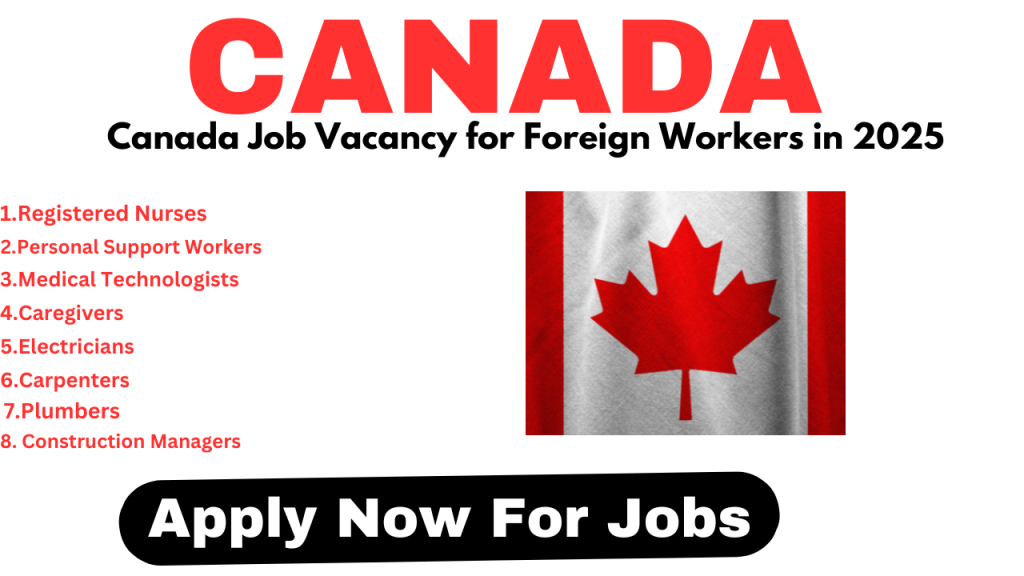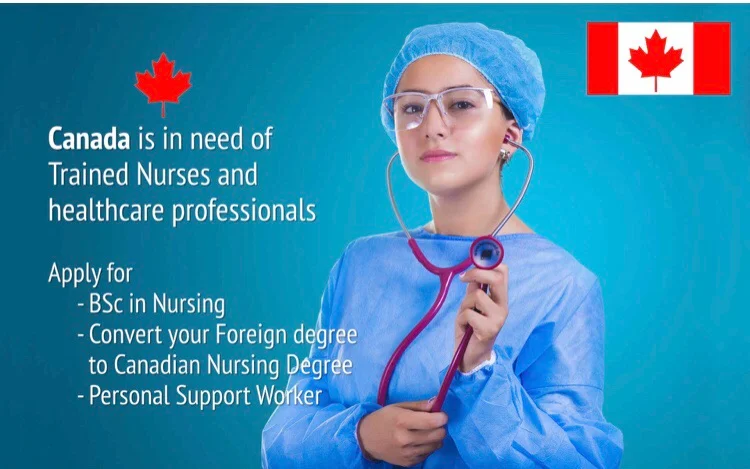Introduction
As a U.S. Consular Specialist, my colleagues and I interact daily with talented and ambitious individuals from around the globe who aspire to live and work in the United States. In recent months, our attention has been drawn to a particularly pervasive and exciting rumor circulating online: a “$50,000 USA Relocation Grant for foreigners for 2025.” This claim suggests that the U.S. government is offering a substantial financial package to help foreign nationals move to the country. The appeal of such a program is undeniable. It paints a picture of a welcoming nation not only offering opportunity but also providing the financial means to access it, and it has understandably generated a massive wave of interest and hope.
It is my foremost duty to provide clear, accurate, and truthful information regarding U.S. immigration policy. Therefore, I must state unequivocally: there is no official, government-administered “$50,000 USA Relocation Grant” for foreigners. Programs of this nature are not part of U.S. immigration law or policy. Often, these claims are dangerous fabrications created by fraudulent third-party agents or “visa consultants” who aim to exploit hopeful applicants. They use the promise of free money to lure victims into paying exorbitant fees for fake application forms or worthless advice, ultimately leading to financial loss and crushing disappointment. Any website or individual demanding payment to access a U.S. government relocation grant is operating a scam.
While the government grant is a myth, the dream of building a successful life in the United States is very much a reality for those who follow the correct, legal pathways. The U.S. economy is vast and dynamic, with a constant demand for skilled and dedicated workers across countless industries. Legitimate opportunities for employment, which can lead to high earning potential and a prosperous life, are plentiful. This guide is designed to shift your focus away from the fictional grants and toward the factual routes. We will explore the types of real jobs available to immigrants, the official visa application requirements, and how to safely search for a legitimate U.S. employer who will serve as your sponsor—the true key to unlocking your American journey.
Entry-Level Jobs for Immigrants
The foundation of most work-based immigration pathways is a valid job offer from a U.S. employer. For many newcomers, entry-level positions are the most accessible starting point. These roles are critical to the U.S. economy and often have clear pathways for sponsorship, provided an employer can demonstrate a need for foreign workers. The table below outlines some common entry-level positions, their typical duties, and the realistic visa channels associated with them.
Note: Salary figures are national averages for entry-level positions and can vary significantly based on the state, city, and specific employer. For sponsored visas, employers must pay the “prevailing wage” determined by the U.S. Department of Labor, which is set to protect local wages.
Application Requirements and Documents
The U.S. immigration process is systematic and evidence-based. It cannot be initiated by the foreign applicant alone. The entire structure of employment-based immigration rests upon a U.S. employer who petitions on your behalf.
Part 1: The Employer’s Crucial Role (The Petitioner)
Before you can even fill out a visa application form, your prospective U.S. employer must complete a multi-step process to prove to the U.S. government that they need you.
- Labor Certification: For most permanent (EB-2, EB-3) and temporary (H-2B) work visas, the employer must first obtain a certification from the U.S. Department of Labor (DOL). This involves demonstrating that they have advertised the job and have not found sufficient able, willing, and qualified U.S. workers to fill the position. This process protects the domestic labor market and is a significant undertaking for the employer.
- Filing the Petition: Once the DOL approves the labor certification (if required), the employer files a formal petition with U.S. Citizenship and Immigration Services (USCIS). This is typically Form I-129, Petition for a Nonimmigrant Worker, for temporary visas (like H-1B or H-2B) or Form I-140, Immigrant Petition for Alien Worker, for permanent visas (Green Cards).
- Petition Approval: Only when USCIS approves this petition does the “ball move to your court.” The approval is documented on Form I-797, Notice of Action, which contains a receipt number vital for your visa application.
Part 2: Common Employment-Based Visa Categories
- H-1B Visa (Specialty Occupation): For professionals in fields requiring a bachelor’s degree or higher (e.g., IT, finance, engineering). Subject to an annual cap and a lottery system due to high demand.
- H-2A/H-2B Visas (Temporary Workers): H-2A is for temporary agricultural work, and H-2B is for temporary non-agricultural work (e.g., hospitality, landscaping, construction). The employer’s need must be seasonal, peak-load, or a one-time occurrence.
- L-1 Visa (Intracompany Transferee): For employees of a multinational company being transferred from a foreign office to a U.S. office in a managerial or specialized knowledge role.
- EB-2/EB-3 Visas (Immigrant Visas / Green Cards): These are for permanent residency.
- EB-2: For professionals holding advanced degrees or persons of exceptional ability.
- EB-3: A broader category for Skilled Workers (jobs requiring at least 2 years’ experience), Professionals (jobs requiring a bachelor’s degree), and Other Workers (unskilled labor requiring less than 2 years’ experience). The “Other Worker” subcategory faces extremely long visa backlogs due to high demand and per-country limits.
Part 3: The Applicant’s Document Checklist
Once the petition is approved, you will proceed with your visa application at a U.S. Embassy or Consulate in your home country. You will need to prepare a comprehensive package of documents.
- Valid Passport: Must be valid for at least six months beyond your intended period of stay in the U.S.
- DS-160 or DS-260 Confirmation Page: The confirmation page from your completed online nonimmigrant (DS-160) or immigrant (DS-260) visa application.
- Visa Fee Payment Receipt: Proof that you have paid the non-refundable visa application fee.
- Passport-Style Photograph(s): Meeting the specific requirements of the U.S. Department of State.
- USCIS Petition Approval: The Form I-797 approval notice for your employer’s petition. This is mandatory.
- Employment Verification: A detailed job offer letter from your U.S. employer, along with evidence of your past work experience (letters from previous employers, resume, etc.) that proves you are qualified for the position.
- Educational Credentials: Your diplomas, academic transcripts, and professional certifications.
- Proof of Intent to Return (for nonimmigrant visas like H-2B): Evidence of strong ties to your home country, such as property deeds, bank statements, family relationships, or a letter from a future employer in your home country.
- Medical Examination: A sealed medical examination report from a physician approved by the U.S. Embassy or Consulate.
Employment Websites to Find Opportunities
Finding a legitimate U.S. employer willing to sponsor a work visa is the most challenging part of the process. It requires diligence, professionalism, and extreme caution.
Legitimate Job Search Platforms:
- LinkedIn: The world’s leading professional networking site. Create a detailed profile showcasing your skills and experience. Use the job search function with keywords like “visa sponsorship,” “H-1B,” or “EB-3” along with your desired job title. Follow large U.S. companies in your field.
- Indeed / Glassdoor: These are massive job aggregators. Use their advanced search filters to narrow down results. You can often find company reviews on Glassdoor that may mention if a company has sponsored foreign workers in the past.
- SeasonalJobs.dol.gov: An official U.S. Department of Labor website. This is an excellent resource for finding certified H-2A and H-2B job openings directly from employers who have already been approved to hire foreign workers.
- Industry-Specific Job Boards: Look for job boards dedicated to your profession (e.g., Dice for tech, Health eCareers for healthcare). These often have higher-quality listings.
Crucial Warning About Your Job Search:
- NEVER Pay for a Job Offer: A legitimate employer will not ask you to pay for a job or for the USCIS petition fees. While you are responsible for your own visa application fee and medical exam costs, the employer covers the costs of petitioning the government.
- Verify Every Offer: If you receive an offer, research the company extensively. Look for an official website, a physical U.S. address, and reviews from other employees. Be suspicious of offers made exclusively through social media or messaging apps.
- Beware of “Too Good to Be True” Promises: Guarantees of employment, promises of relocation grants, or offers that do not require an interview are all major red flags for a scam.
Conclusion
The path to working and living in the United States is governed by law, not by luck or fictional grants. The allure of a “$50,000 relocation grant” is powerful, but it is a dangerous myth that serves only to enrich scammers at the expense of the hopeful. As a representative of the United States, I urge you to dismiss these claims and focus your energy on the proven, legal pathways that have allowed millions of foreign nationals to build successful lives in America.
Your journey begins not with a grant application, but with a diligent search for a genuine U.S. employer who values your skills and is willing to sponsor you. It requires patience to navigate the multi-step visa process and meticulous preparation to gather the necessary documentation. The road is challenging, but it is clear and transparent for those who follow the rules.
For the most accurate and up-to-date information, always consult official U.S. government sources directly. The websites of the U.S. Department of State (travel.state.gov) and U.S. Citizenship and Immigration Services (uscis.gov) are your definitive guides. By grounding your ambitions in reality and pursuing them with integrity, you can protect yourself from fraud and work constructively toward achieving your American dream.

